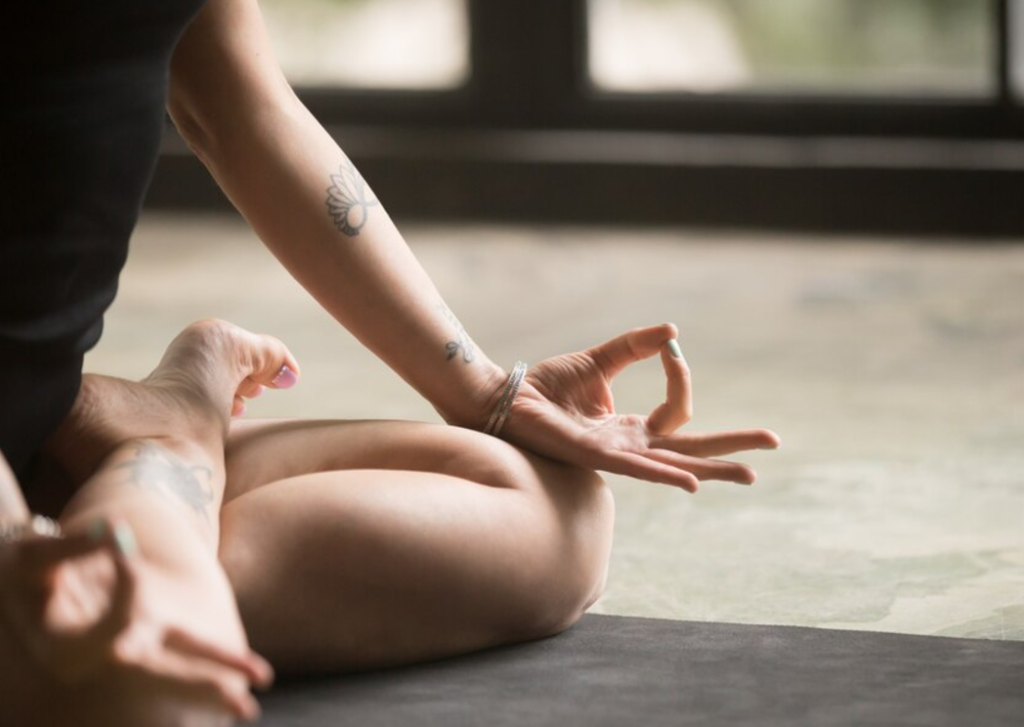Incorporating yoga or Pilates into a holistic fitness plan offers a balanced approach to health, blending physical strength, flexibility, mental clarity, and emotional well-being. Both practices complement traditional workouts like cardio and strength training by focusing on the body-mind connection, promoting long-term health, and preventing injury.
Physical Benefits
1. Improved Flexibility and Mobility
Yoga and Pilates emphasize stretching and controlled movement, increasing flexibility and joint mobility. This benefit enhances performance in other physical activities and reduces the risk of injury.
- Yoga: Dynamic flows and static poses gradually stretch muscles and connective tissues.
- Pilates: Focuses on controlled movement to elongate muscles while building strength.
2. Core Strength and Stability
Both disciplines target the core, which is essential for overall strength and posture. A strong core supports proper alignment, enhances athletic performance, and reduces back pain.
- Yoga: Engages core muscles in balancing poses like plank and boat pose.
- Pilates: Every exercise focuses on core engagement, particularly in mat-based sequences.
3. Enhanced Posture
Poor posture can lead to chronic pain and reduced mobility. Yoga and Pilates help correct alignment by strengthening stabilizing muscles and improving body awareness.
4. Injury Prevention and Rehabilitation
By emphasizing proper movement patterns and strengthening weaker muscles, these practices reduce injury risk and aid recovery from existing injuries. Pilates, in particular, is widely used in physical therapy.
Mental and Emotional Benefits
1. Stress Reduction
The focus on controlled breathing and mindfulness in both yoga and Pilates activates the parasympathetic nervous system, reducing stress and promoting relaxation.
- Yoga: Often incorporates meditation and breathing exercises to cultivate a sense of peace.
- Pilates: Encourages focus on precise movements, which can feel meditative.
2. Improved Focus and Mental Clarity
Practicing yoga and Pilates requires concentration, helping individuals develop a stronger mind-body connection and improve cognitive function.
3. Emotional Regulation
The calming effects of these practices help regulate emotions, making them valuable for managing anxiety, depression, or other mental health challenges.
Integration with Other Workouts
1. Complements High-Intensity Workouts
Yoga and Pilates provide an active recovery option after intense cardio or weight training sessions. They help reduce muscle soreness and improve flexibility for better performance.
2. Builds Functional Fitness
Functional fitness focuses on movements that improve everyday life. The emphasis on balance, coordination, and core strength in yoga and Pilates supports functional strength, enhancing performance in daily activities.
3. Increases Body Awareness
Developing awareness of movement and alignment through yoga or Pilates can improve form and technique in other exercises, reducing the likelihood of injury.
Holistic Wellness Approach
Practicing yoga or Pilates as part of a holistic fitness plan aligns with the principles of overall well-being:
- Physical Health: Strengthens and tones the body while promoting flexibility and endurance.
- Mental Health: Reduces stress and improves focus.
- Emotional Health: Fosters mindfulness and emotional resilience.
Choosing the Right Practice
- Yoga: Offers a variety of styles to suit different needs, from relaxing Yin Yoga to dynamic Vinyasa.
- Pilates: Provides low-impact yet highly effective workouts, focusing on precision and controlled movements.





